
How to Use VCC 5V: Examples, Pinouts, and Specs
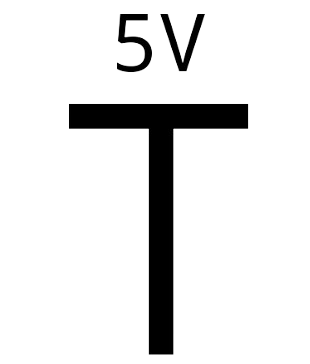
 Design with VCC 5V in Cirkit Designer
Design with VCC 5V in Cirkit DesignerIntroduction
The VCC 5V, manufactured by Xiao, is a power supply voltage reference that provides a constant 5 volts. It is widely used in powering digital circuits, microcontrollers, sensors, and other electronic components that require a stable 5V power source. This component is essential in ensuring reliable operation of devices by maintaining a consistent voltage level.
Explore Projects Built with VCC 5V
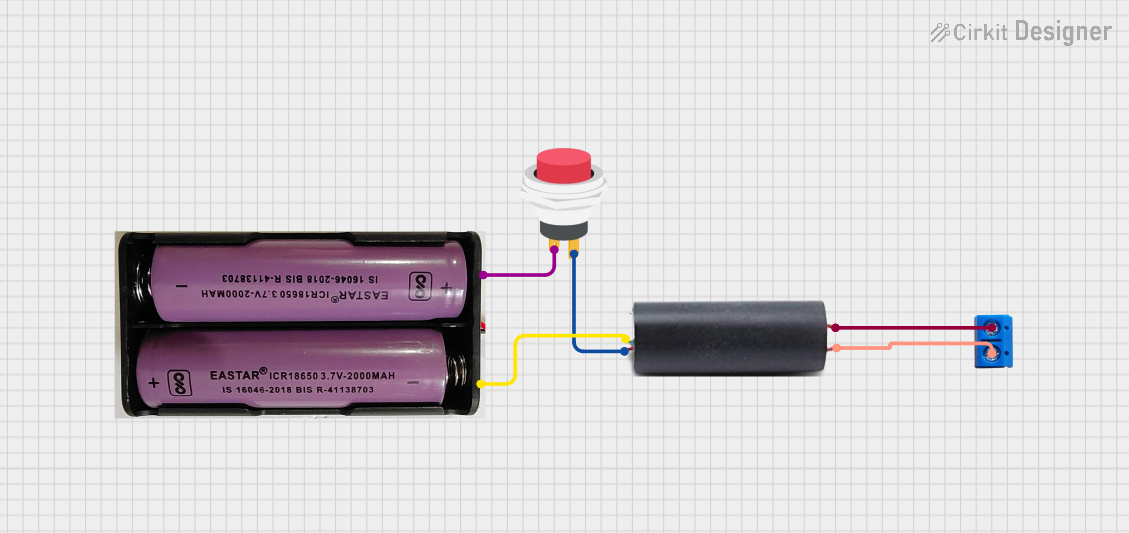
 Open Project in Cirkit Designer
Open Project in Cirkit Designer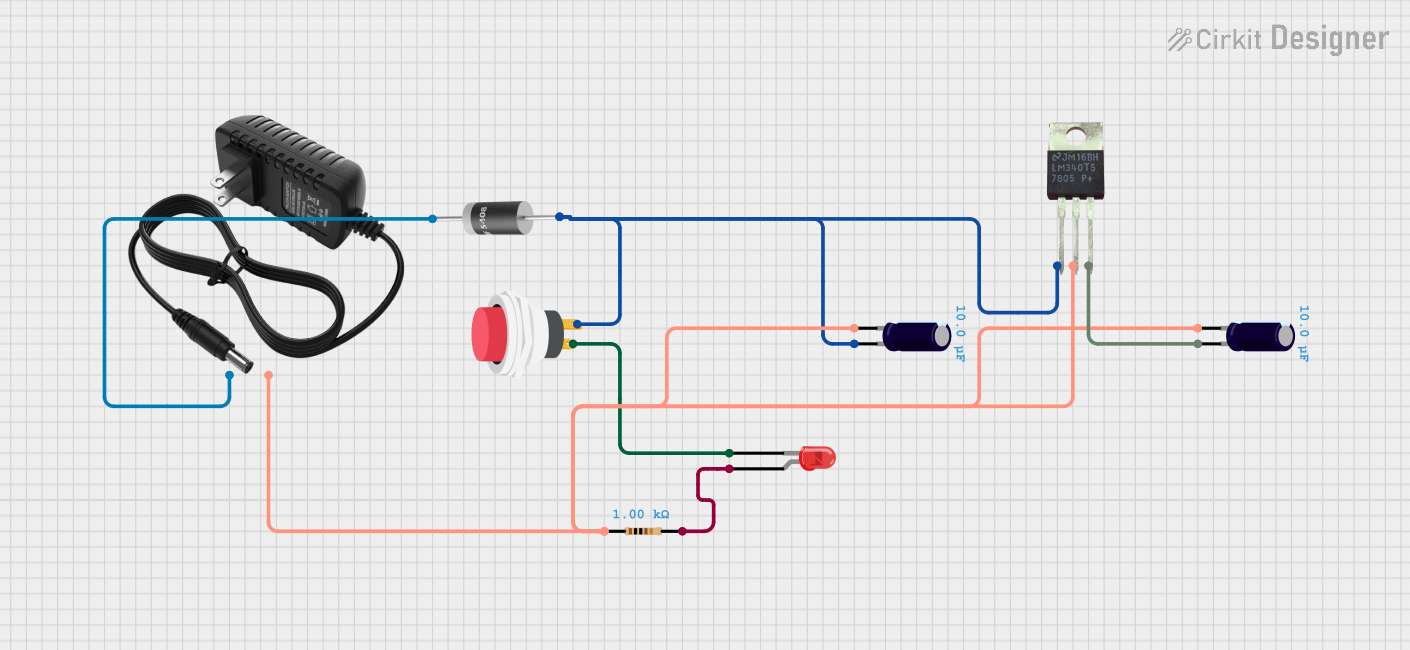
 Open Project in Cirkit Designer
Open Project in Cirkit Designer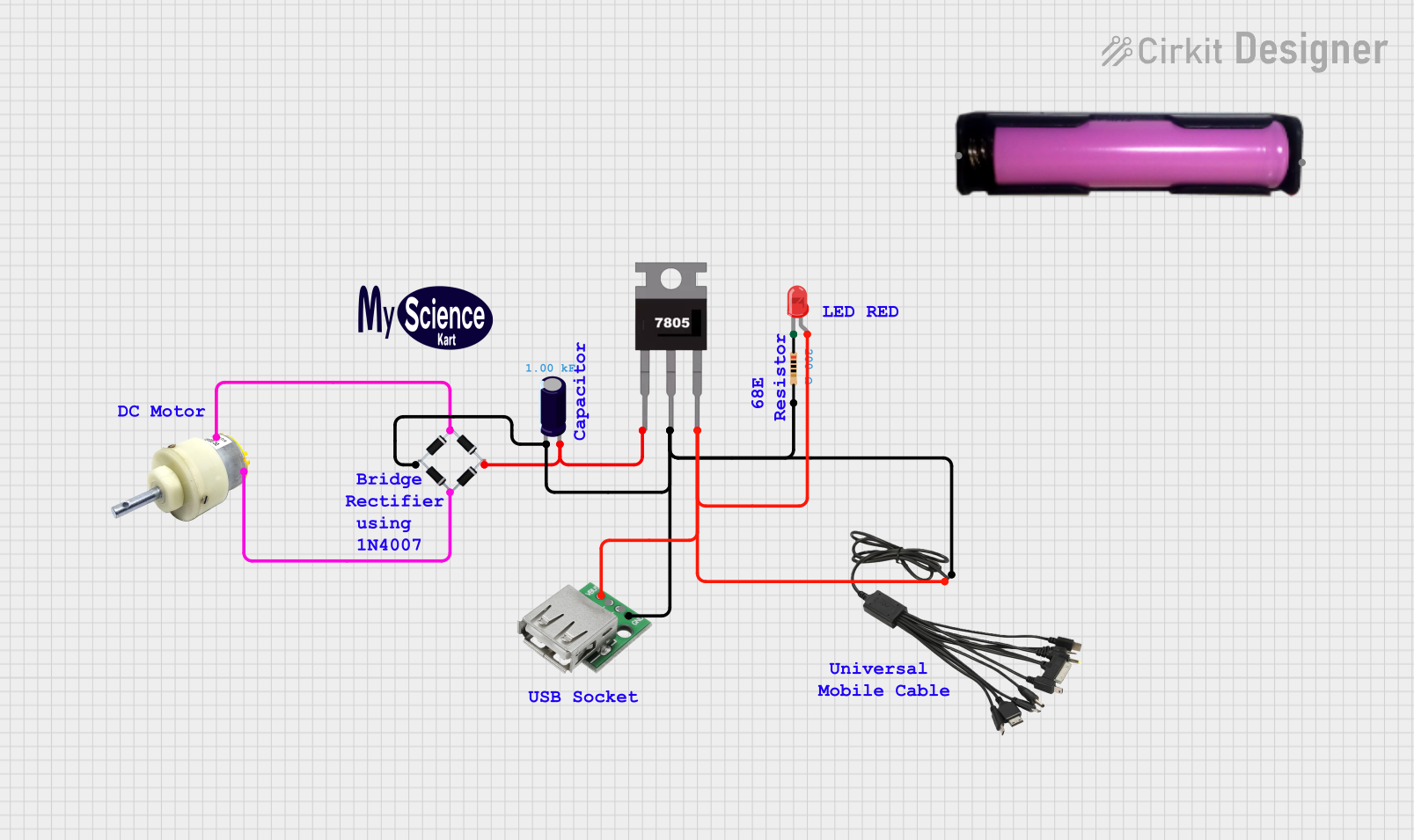
 Open Project in Cirkit Designer
Open Project in Cirkit Designer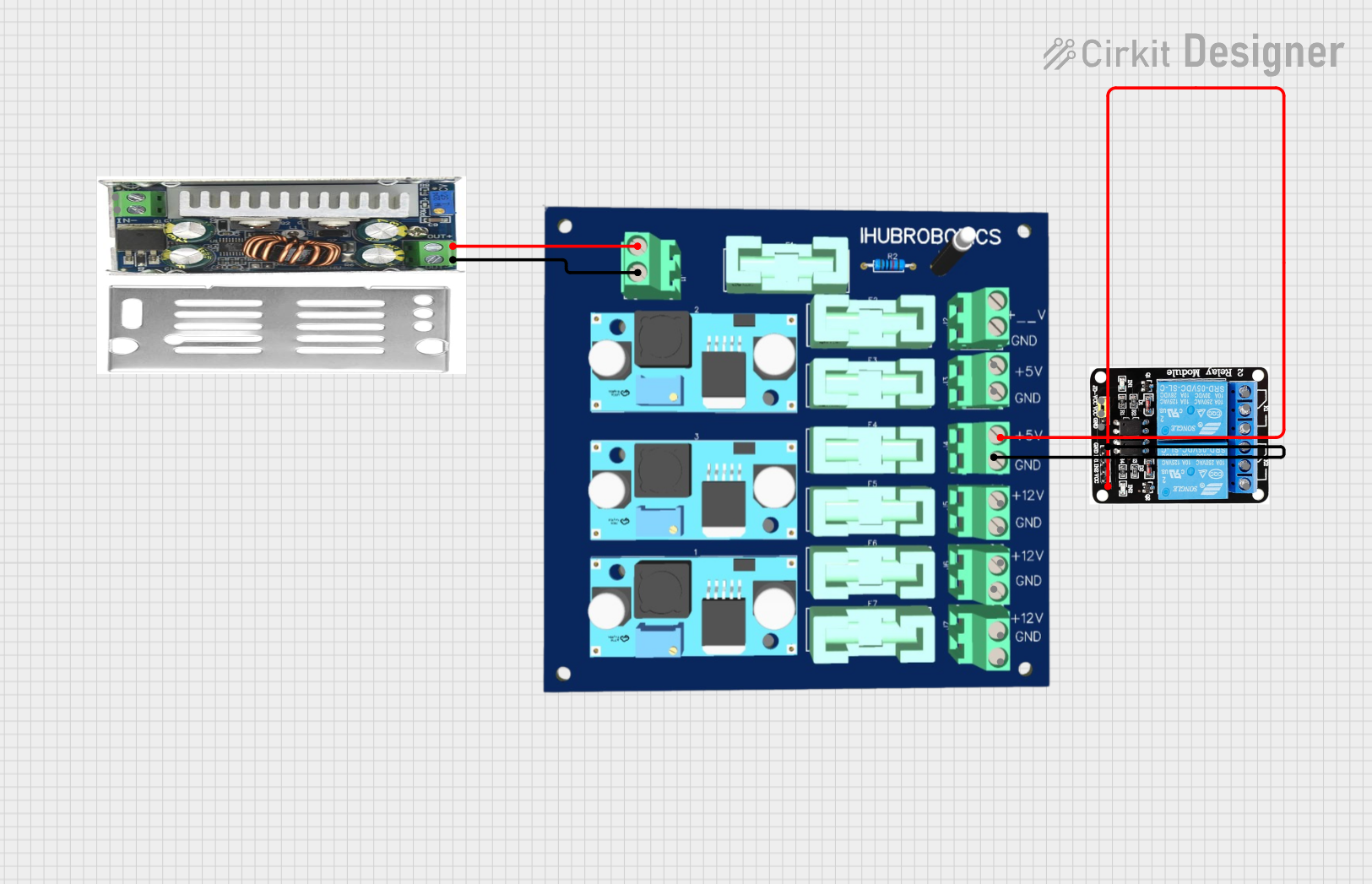
 Open Project in Cirkit Designer
Open Project in Cirkit DesignerExplore Projects Built with VCC 5V

 Open Project in Cirkit Designer
Open Project in Cirkit Designer
 Open Project in Cirkit Designer
Open Project in Cirkit Designer
 Open Project in Cirkit Designer
Open Project in Cirkit Designer
 Open Project in Cirkit Designer
Open Project in Cirkit DesignerCommon Applications and Use Cases
- Powering microcontrollers such as Arduino, Raspberry Pi, and ESP32.
- Supplying voltage to sensors, modules, and actuators.
- Providing a stable reference voltage for analog and digital circuits.
- Used in breadboard prototyping and embedded systems development.
Technical Specifications
The VCC 5V is a standard voltage reference with the following key specifications:
| Parameter | Value |
|---|---|
| Input Voltage Range | 5V (regulated input) |
| Output Voltage | 5V ± 0.1V |
| Maximum Output Current | 500mA (typical) |
| Ripple Voltage | < 50mV |
| Operating Temperature | -40°C to +85°C |
| Efficiency | ~90% (depending on load) |
Pin Configuration and Descriptions
The VCC 5V typically has two pins for connection:
| Pin Name | Description |
|---|---|
| VCC | Output pin providing a constant 5V voltage. |
| GND | Ground pin, used as the reference for the voltage. |
Usage Instructions
How to Use the VCC 5V in a Circuit
- Connect the VCC Pin: Attach the VCC pin to the input pin of the device or circuit requiring 5V power.
- Connect the GND Pin: Ensure the GND pin is connected to the ground of the circuit to complete the power loop.
- Verify Input Voltage: Ensure the input voltage to the VCC 5V module is regulated and within the specified range (5V).
- Check Load Requirements: Ensure the connected load does not exceed the maximum output current of 500mA.
Important Considerations and Best Practices
- Avoid Overloading: Do not connect devices that draw more than 500mA, as this may cause voltage drops or damage the component.
- Use Decoupling Capacitors: Place a 0.1µF ceramic capacitor and a 10µF electrolytic capacitor near the VCC pin to reduce noise and stabilize the voltage.
- Heat Dissipation: If the component is used near its maximum current rating, ensure proper ventilation or heat dissipation to prevent overheating.
- Polarity Check: Always double-check the polarity of connections to avoid damage to the component or connected devices.
Example: Using VCC 5V with an Arduino UNO
The VCC 5V can be used to power an Arduino UNO or other 5V-compatible devices. Below is an example of connecting a sensor to the Arduino using the VCC 5V as the power source.
Circuit Diagram
- Connect the VCC pin of the VCC 5V module to the 5V pin of the Arduino.
- Connect the GND pin of the VCC 5V module to the GND pin of the Arduino.
- Connect the sensor's VCC and GND pins to the corresponding pins of the VCC 5V module.
Example Code
// Example code for reading a sensor powered by VCC 5V
// This code reads an analog value from a sensor connected to pin A0
// and prints the value to the Serial Monitor.
const int sensorPin = A0; // Define the analog pin connected to the sensor
int sensorValue = 0; // Variable to store the sensor reading
void setup() {
Serial.begin(9600); // Initialize serial communication at 9600 baud
}
void loop() {
sensorValue = analogRead(sensorPin); // Read the sensor value
Serial.print("Sensor Value: "); // Print a label for the value
Serial.println(sensorValue); // Print the sensor reading
delay(500); // Wait for 500ms before the next reading
}
Troubleshooting and FAQs
Common Issues and Solutions
No Output Voltage
- Cause: Incorrect input voltage or loose connections.
- Solution: Verify that the input voltage is 5V and all connections are secure.
Voltage Drops Under Load
- Cause: Load exceeds the maximum output current of 500mA.
- Solution: Reduce the load or use a higher-capacity power supply.
Excessive Heat
- Cause: Prolonged operation near maximum current rating.
- Solution: Improve ventilation or use a heat sink to dissipate heat.
Noise or Voltage Instability
- Cause: Lack of decoupling capacitors.
- Solution: Add a 0.1µF ceramic capacitor and a 10µF electrolytic capacitor near the VCC pin.
FAQs
Q: Can I use the VCC 5V to power a 3.3V device?
A: No, the VCC 5V provides a constant 5V output. Use a voltage regulator or level shifter to step down the voltage to 3.3V.
Q: What happens if I connect a load that exceeds 500mA?
A: The voltage may drop, and the component could overheat or fail. Always ensure the load is within the specified current limit.
Q: Can I use the VCC 5V with a battery?
A: Yes, as long as the battery provides a regulated 5V output. If not, use a voltage regulator to ensure a stable 5V input.
Q: Is the VCC 5V suitable for powering motors?
A: It depends on the motor's current requirements. For motors requiring more than 500mA, use a dedicated motor driver or power supply.
This concludes the documentation for the VCC 5V. For further assistance, refer to the manufacturer's datasheet or contact Xiao support.